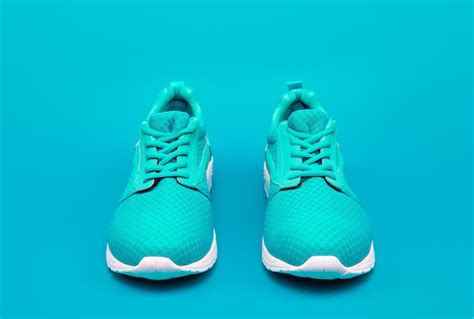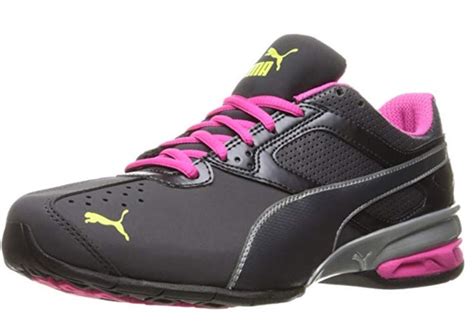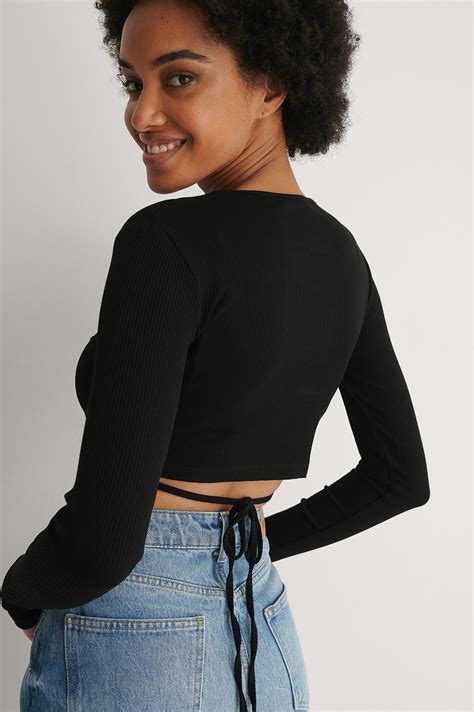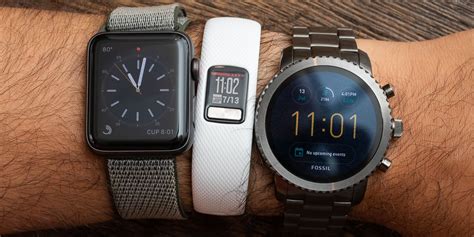The Dual Challenge: Lifting & HIIT Footwear
Finding the perfect workout shoe that excels in both heavy lifting and high-intensity interval training (HIIT) can feel like searching for a unicorn. These two disciplines place fundamentally different demands on your footwear. Heavy lifting, especially squats and deadlifts, requires a stable, often flat, and firm base to maximize power transfer and minimize instability. Conversely, HIIT demands agility, responsive cushioning for jumps and sprints, and flexibility for dynamic, multi-directional movements. The good news is that advancements in athletic shoe design have led to versatile options that can bridge this gap, offering robust support and impressive durability.
Key Features to Prioritize for Hybrid Training
To navigate the complexities of this hybrid training style, focus on shoes that ingeniously combine specific features from both worlds:
Stability for Heavy Lifts
For heavy lifting, a shoe needs to provide a strong, stable foundation. Look for a minimal heel-to-toe drop (or even zero-drop) to promote proper biomechanics and a wide toe box for splaying your toes, enhancing ground contact and balance. The sole should be firm and non-compressible, preventing your foot from sinking during heavy loads, which can compromise form and power.
Flexibility and Cushioning for Dynamic Movements
When it comes to HIIT, responsiveness and shock absorption are paramount. The shoe needs enough cushioning to protect your joints during plyometrics and sprints, but not so much that it compromises stability. Flexibility in the forefoot is crucial for quick pivots, lunges, and burpees. Good energy return from the midsole can also enhance performance in these fast-paced movements.
Durability and Grip for Any Challenge
A shoe designed for both lifting and HIIT must be exceptionally durable. The upper needs to withstand abrasions from rope climbs or burpees, while the outsole should be robust enough to endure constant impact and movement. Excellent multi-directional traction is non-negotiable, ensuring you don’t slip during a heavy lift or lose footing during a lateral shuffle. Reinforced areas in high-wear zones are a strong indicator of longevity.
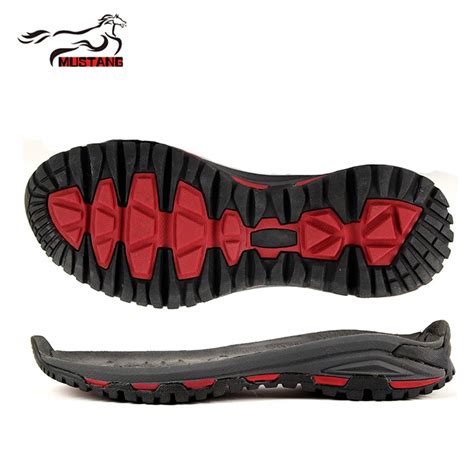
What to Look For in a Versatile Training Shoe
When you’re ready to make a selection, keep these specific attributes in mind:
Midfoot Support and Lockdown
Regardless of the activity, your foot needs to feel secure within the shoe. Look for features like internal straps, reinforced side walls, or lacing systems that effectively lock down your midfoot without being restrictive. This prevents your foot from sliding around inside the shoe, which can lead to blisters and instability.
Heel Counter and Ankle Support
A firm heel counter helps to keep your heel locked in place, providing crucial stability during heavy lifts. While not all shoes for this hybrid purpose will have high-top ankle support, many cross-trainers offer a secure collar that adds to the overall feeling of stability without hindering ankle mobility for dynamic movements.
Outsole Pattern and Material
The outsole should feature a strategic tread pattern designed for multi-directional grip on various gym surfaces. A sticky rubber compound is ideal for ensuring traction during both explosive movements and static lifts. Some shoes incorporate specific zones with different patterns to optimize grip where it’s needed most.
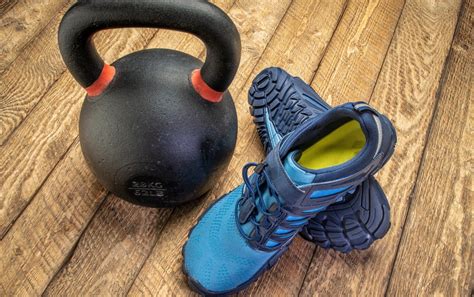
Top Contenders: The Cross-Training Category
While dedicated weightlifting shoes and running shoes exist for their respective purposes, the sweet spot for combining heavy lifting and HIIT is typically found within the advanced cross-training shoe category. Brands like Nike, Reebok, Adidas, and Nobull often feature models specifically engineered for functional fitness, which inherently includes elements of both strength and conditioning.
These shoes usually feature a relatively low heel-to-toe drop for stability, a firm yet flexible midsole, and a durable upper with good ventilation. They strike a delicate balance, offering enough rigidity for lifting without feeling clunky during plyometrics, and sufficient cushioning for impact without sacrificing ground feel.
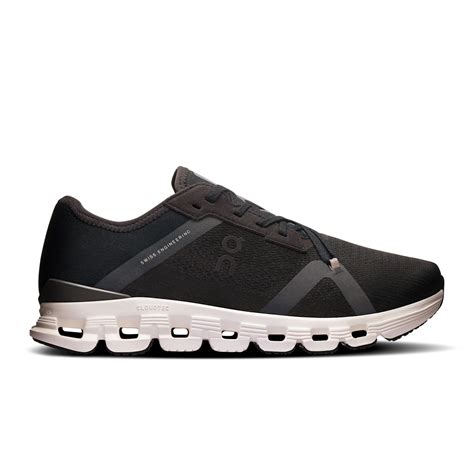
Making the Right Choice
Ultimately, the best shoe for you will depend on the specifics of your training regimen and your personal foot mechanics. If your heavy lifting sessions are truly heavy (e.g., competitive powerlifting), you might consider a dedicated lifting shoe for those days and a more agile cross-trainer for HIIT. However, if your lifting is strong but not extreme, and you prioritize convenience, a well-chosen hybrid cross-trainer will serve you well.
Always try on shoes before purchasing, ideally with your workout socks. Perform some mock movements – a few squats, a box jump, a quick sprint – to get a feel for the support, stability, and comfort. Pay attention to how your foot feels locked in, and whether there are any pressure points or areas of slippage.
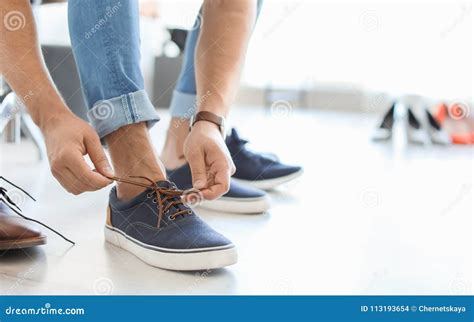
Investing in a high-quality, durable, and supportive pair of workout shoes is an investment in your performance, safety, and comfort. By understanding the core requirements of both heavy lifting and HIIT, you can confidently select footwear that supports your ambitious training goals, allowing you to push your limits in every session.
